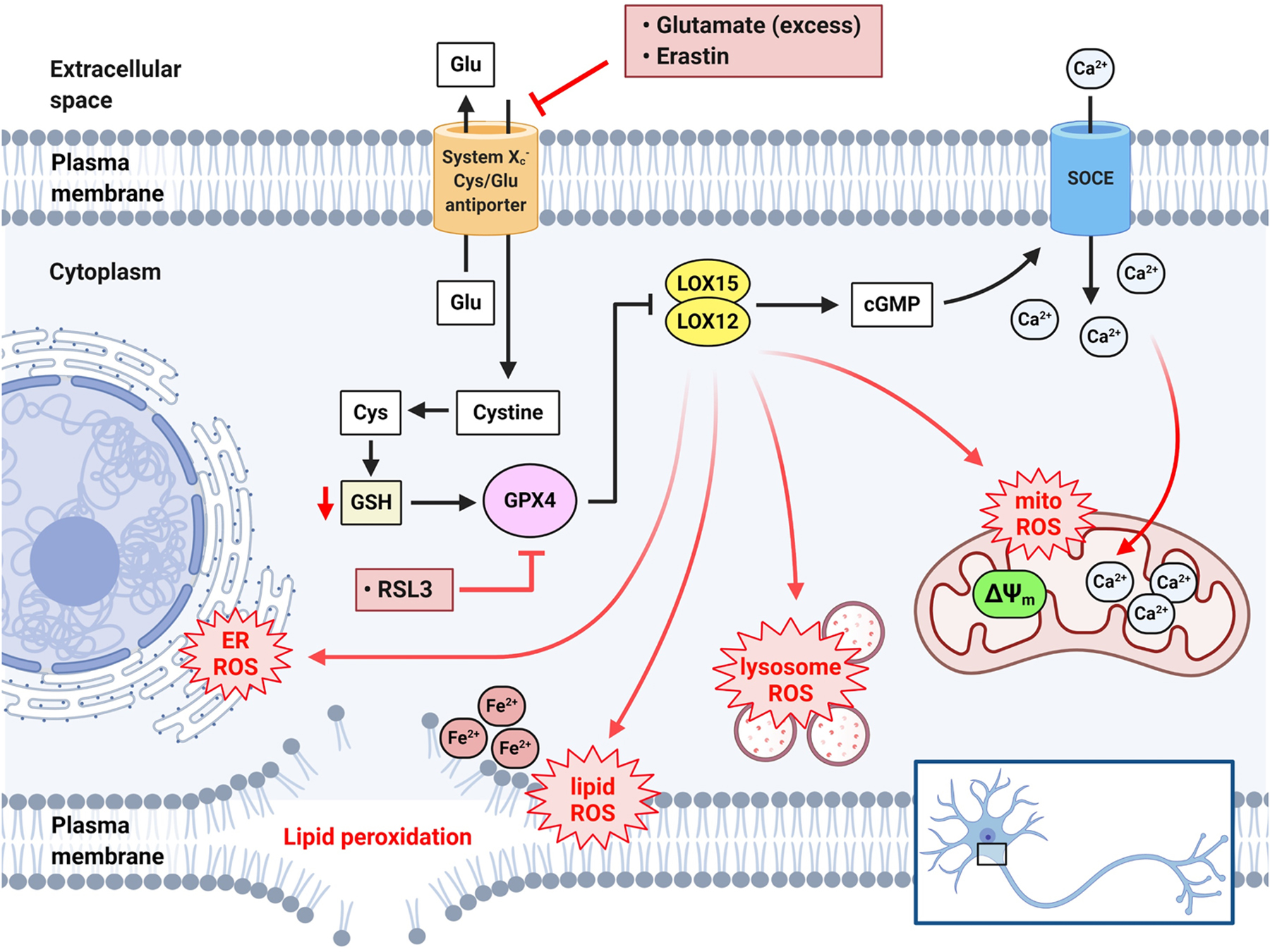Figure 4. Schematic representation of the oxytosis/ferroptosis pathway.

Cystine uptake by system Xc−, associated with the counter-transport of glutamate (Glu), is inhibited by excess Glu or erastin. This leads to depletion of the endogenous antioxidant GSH and subsequent inhibition of the GSH-dependent enzyme GPX4. GPX4 can also be directly inhibited by RSL3. GPX4 inhibition leads to activation of lipoxygenase (LOX) to initiate ROS production and increase cGMP. cGMP then activates SOCE on the plasma membrane allowing Ca2+ influx into the cytosol and subsequent accumulation in mitochondria. The additive effect of mitochondrial ROS and Ca2+ overload exacerbates mitochondrial oxidative stress and dysfunction. GPX4 inhibition and LOX activation, in conjunction with intracellular Fe2+, also lead to lipid peroxidation (lipid ROS) in different cellular compartments such as mitochondria, ER, lysosome, and plasma membrane, thereby augmenting the overall ROS in the cell.
